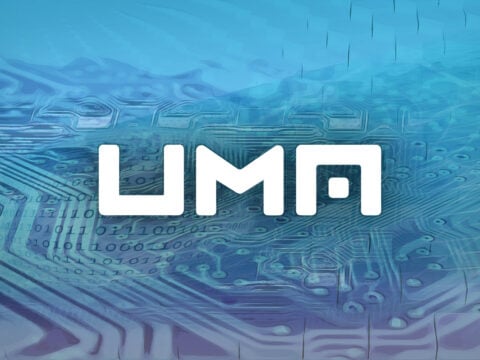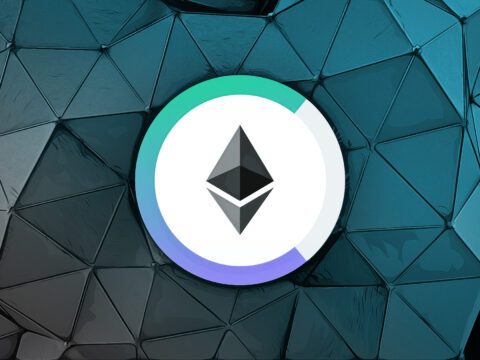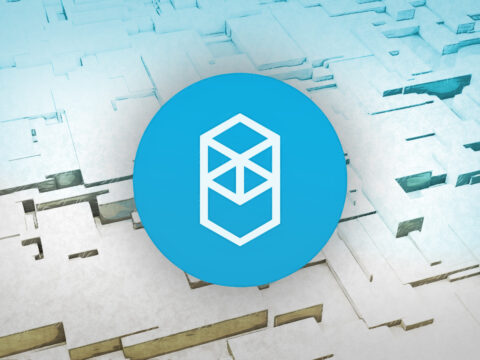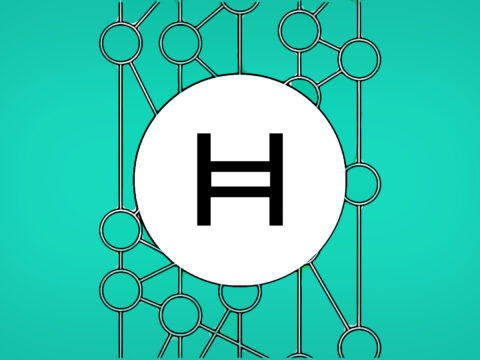
What Is Thorchain?
THORChain is an open-source decentralized exchange (DEX) protocol and cross-chain liquidity network. It allows users to securely trade multiple digital assets without needing a central authority or trusted third party.
THORChain uses a unique consensus algorithm called “Bifröst” which creates random validators on-chain to ensure secure and trustless trading. It also utilizes various liquidity incentives and atomic swaps to ensure the DEX is always liquid and users can get access to any digital asset they need. With THORChain, users can trade all kinds of digital assets from one platform in a completely decentralized and secure manner!
The fact that THORchain remains chain-independent and can be scaled without sacrificing security are two reasons why the platform has become popular.
Along with Binance, many of the world’s largest cryptocurrency exchanges offer RUNE for trading. Like most tokens, it has a function on its blockchain platform and can also be used as a form of digital currency.
THORchain offers fast transaction times and eliminates formalities like KYC checks. Investors do not have to prove who they are to trade, which is seen as an advantage by many.
The platform acts as a cross-platform liquidity provider, allowing investors to access numerous other DeFi platforms from one place. In addition to connectivity, the platform also enables ease of use.
As a DeFi token, RUNE’s value is tied to how many people use THORchain. Based on its performance since the platform’s inception, its future looks promising. However, it is good to remember that there are many cross-chain liquidity pools, so the prospects of RUNE remain uncertain.
What is the Purpose of THORchain (RUNE)?
THORchain (RUNE) is a decentralized cross-chain liquidity network whose vision is to create incentivized trading platforms for distributed digital assets.
In simple terms, while the major decentralized exchanges are operating along their own lines, THORchain (RUNE) connects them and adds liquidity from all of the chains to the open market. At THORchain (RUNE), users can trade crypto assets directly across multiple chains.
Creating liquidity for digital assets is the main objective of the platform, and in achieving this they are working to eliminate all security vulnerabilities and raise the level of network security to the highest level possible.
The protocol was created to eliminate flaws in the blockchain world, and more importantly, to close security gaps. The platform also offers low transaction costs and operates very quickly.
As a token, RUNE can be used as a digital currency and also performs vital functions on the platform itself. As THORchain is a Proof of Stake (PoS) blockchain, RUNE is used by validators to operate the network.
PoS blockchains tend to be much faster and cheaper to operate than Proof of Work (PoW) blockchains, as tokens simply need to be staked to approve transactions. These blockchains also offer a built-in reward system, as validators are given a reward for staking tokens.
How Does THORchain (RUNE) Work?
From a technical perspective, THORchain (RUNE) is a Tendermint consensus-based liquidity protocol that uses Threshold Signature Schemes to create a permissionless and trustless cross-chain trading marketplace.
It is also drawing on the Cosmos SDK, a development kit that allowed the development team to build its own network quickly. In addition, THORchain (RUNE) has also borrowed on Binance Chain’s TSS codebase to improve development efficiency by combining quality code from different projects.
Users are charged a transaction fee for trading on BEPSwap.
As a PoS network, THORChain nodes are required to submit a deposit which is used not only to qualify as a node, but also to underwrite the assets in the pool. If a node tries to steal assets, the node’s deposit will be seized.
To subsidize fees such as gas, etc., cross-chain exchanges on THORchain require RUNE to pay fees such as gas. THORchain continuously watches external transactions to discover the fees consumed and pays the liquidity provider twice the value of RUNE fees.





